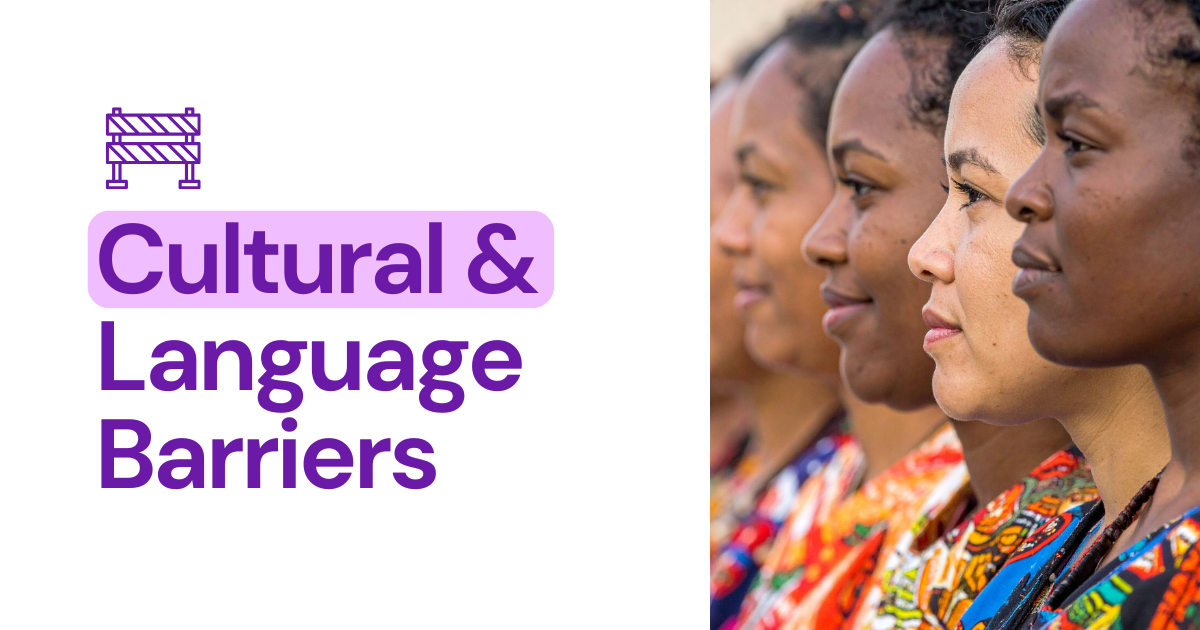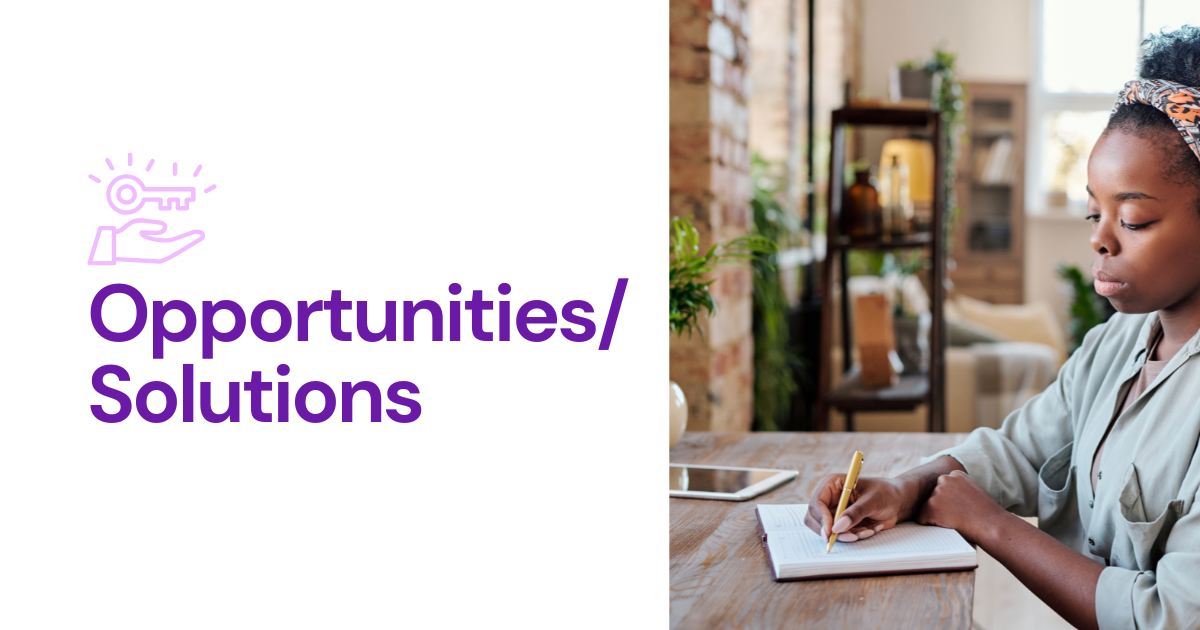Designing FemTech That Works for Every Woman: Lessons from Africa
Guest blog post by Dr. Ayomide Owodunni
Globally, FemTech is transforming women’s health. From cycle trackers to fertility monitors and remote consultations, the industry is growing fast. But for many women in Africa, these tools remain out of reach. The barriers are many, but so are the opportunities.
As a medical doctor turned health writer, I’ve seen both sides: what’s possible and what still keeps many women excluded. Africa offers powerful lessons on how to design FemTech that truly works for every woman.
The Barriers Women Face
The Digital Gender Gap
In Sub-Saharan Africa, the gap between men and women in mobile internet use remains large. For example, in 2024, only about 39% of women in Sub-Saharan Africa used mobile internet, compared to higher rates among men. The reasons were multifactorial, ranging from affordability and limited digital literacy to safety concerns and restrictive social norms.
Even when women own phones, many do not have smartphones; or if they do, data costs, device quality, or unreliable internet limit actual usage.
Affordability & Device Access
Many apps and wearables assume access to a high-end smartphone or constant internet. But in Ethiopia, for example, only about 6% of women own a smartphone, which limits their ability to use many FemTech tools.
Data plans and devices are expensive. This means many women either can’t use or stop using digital health tools because they become too burdensome.
Cultural and Language Barriers
In many communities, discussing certain topics like menstruation, fertility, or menopause is still taboo. Any tool built without considering local norms or language often fails to reach or be accepted by women.
Also, health literacy and digital literacy play a role because if instructions or interfaces are complex, women may be discouraged from using the tool.
Trust, Privacy & Relevance
Women need to feel safe. For any health app collecting sensitive data without clear privacy protections, or whose results or recommendations are not similar to what is obtainable from local medical practices, trust breaks down.
Relevance also matters, as symptoms, body types, and norms may vary. Tools built without African women in mind may miss local patterns (e.g., heavy menstrual bleeding, anemia, body shape, diet, etc.).
What Can FemTech Do Better
Designing better FemTech tailored for Africa is not just necessary; it’s transformative medically, socially, and economically. Some of the opportunities include:
Early detection and symptom tracking: Many women suffer in silence with conditions like heavy menstrual bleeding, PCOS, endometriosis, or infertility because symptoms are often dismissed or tagged as normal. Tracking tools adapted for low-data or offline use can help women recognize patterns, prompting earlier medical care.
Maternal health & pregnancy monitoring: Remote care, telehealth, wearables that monitor pregnancy risk factors, and tools for nutrition, safe childbirth, and remote expert support can reduce maternal morbidity and mortality.
Mental health & hormonal transitions: Cycle irregularities, menopause, and premenstrual syndrome, which affect not only physical health but also emotional and psychological well-being. Tools and apps that monitor mood, provide supportive content, and link women to care can make a significant difference.
Education and empowerment: Beyond tools, educational platforms and communities help normalize health issues, reduce stigma, and encourage better health-seeking behavior.
Market scale & innovation: As smartphone ownership and mobile internet access gradually expand, more women are coming online. Innovators who design with today’s limitations in mind can create solutions that scale widely and reach entire populations.
Lessons from Tools That Work
What makes successful FemTech in Africa different?
Use simplified interfaces, local languages, voice or audio content, and minimal text when needed.
Offer offline or low-data modes or even USSD/SMS for parts of functionality so that women without constant internet can still benefit.
Design with community in mind: involve women from the necessary places early. Understand their pain points, their cultural norms, what they can and cannot afford, and what they trust.
Provide clear privacy policies, safe spaces, and confidentiality, as many women worry about data misuse or being judged.
Approach pricing with care, whether through sliding-scale models, subsidized options, or collaborations with local health systems and NGOs, to make solutions more accessible and extend their reach.
What Should FemTech Companies Be Doing Next
If you’re building or planning a FemTech tool, here are actionable lessons to bridge the gap:
Reach out and listen
Talk with women in rural and urban African communities. Understand their daily lives, their language, what stops them from using technology, what health issues they feel are important but neglected, and what gaps they have.Design for constraints
Tools should work with limited internet or intermittent connection. Use lightweight apps, support SMS or USSD, and leverage feature-phone-accessible features. Also try to subsidize costs via partnerships, or offer free/basic versions.Culturally relevant content
Use local languages, local metaphors, and local health beliefs. Normalize conversations about menstruation, fertility, and menopause. Include trusted voices like doctors, nurses, and community health workers, as women tend to trust people who they’re more familiar with.Privacy, safety & trust
Clearly stated privacy policies can ensure data is secure. As much as possible, let users control their data.Partner with local systems
Work with doctors, nurses, community health workers, and local NGOs. These partnerships help credibility and reach and also help with adapting tools to what local health systems can support.Monitor, iterate & scale
Don’t stop at the pilot. Measure what works, get feedback, and make improvements. Plan for scalability (cost, device compatibility, maintenance).
Why Is This Important
Better health outcomes: Early recognition and care reduce complications (e.g., anemia, infertility, and maternal health risks). Tools built with the local context in mind will save lives.
Equity: Women should not be left behind because of geography, resources, or culture. Health is a human right.
Economic & social uplift: Healthy women contribute to communities, economies, and families. FemTech tools designed for Africa can support this significantly.
Global innovation: Solutions that solve for low-resource settings often influence wider innovation. If something works in rural Africa, it can be adapted and useful elsewhere.
Conclusion
Africa is not merely a place with gaps; it is a place with immense possibility. FemTech has the chance to grow up not by replicating models from elsewhere but by building models that reflect African women’s realities: their phones, their languages, their cultural norms, and their budgets.
If you are an innovator, designer, healthcare worker, funder, or policymaker:
Start now.
Design for inclusion.
Build with women, not just for them.
We have data showing progress, but not enough. We have awareness, but not enough access. Let’s close the gap by designing FemTech that works for every woman, starting today.
This blog post was written by Dr. Ayomide Owodunni, a medical writer and women's health educator specializing in hormonal health and FemTech. She creates content for FemTech brands and founders, translating clinical expertise into accessible information that builds visibility and trust. Connect with her at ayomide.me




